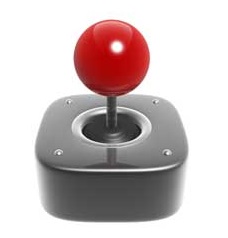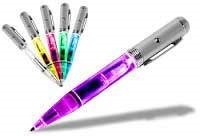CRT stands for Cathode Ray Tubes and is the very old style display which
uses the florescent blue tube in itself and it projects the electrons
to the screen at a time. These projections are responsible for creating
the images on the screen. These monitors are pretty heavy and have been
configured for some various sizes. In CRT there is vacuum glass tube under which Electron gun shoots beam of electrons toward the back of monitor screen
- It is coated with chemical dots called phosphors glow when electrons strike them
- Beam of electrons scans the monitor from left to right, and top to bottom in a raster pattern to create the image.
- Trio of dot phosphors is grouped in triangle for each hardware picture element
- Electron beam returns regular to each phosphor to sustain the glow.
- More dots better quality
- Dot pitch
- Measurement between the same spot in two vertically adjacent dot trios
- Expressed in millimeters or dots per inch
- Dot pitch tells “sharpness”
- Software-pixel placement is limited to hardware’s transistor placement
- Resolution
- Number of pixels used to draw the screen.
- Higher resolutions = more information in the same screen area.
- indicate rows and columns of pixels on screen














